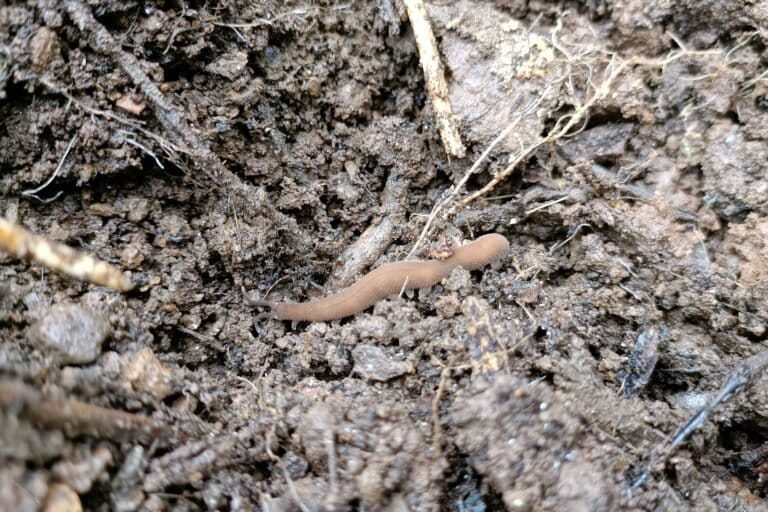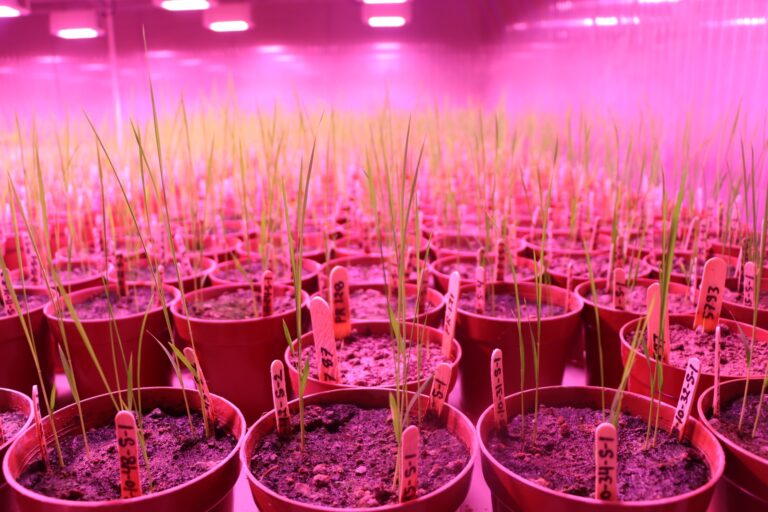- A new study sheds light on the diets of four Gyps vulture species, all susceptible to veterinary drugs that have previously been the cause of the near-extinction of vultures in India.
- The study analysed the faecal samples of vultures and found that vultures in south India were noted to feed more on wild carcasses, while those in the north fed mostly on domestic ungulates.
- Based on the study results, the researchers emphasise the continued necessity of efforts to eliminate harmful veterinary drugs to preserve the future of vultures.
A study examining the dietary habits of endangered vultures in India reveals a significant reliance on domestic ungulates, except in south India where vultures predominantly consume wild carcasses, shedding light on the crucial role of dietary preferences in conservation efforts. The decline of vultures in the Indian subcontinent, to near extinction by the early 2000s, has been intricately linked to their dietary patterns.
“Our study shows that despite changing cattle carcass disposal practices and the potential for wild prey to serve as a significant food source, a high proportion of samples, except in South India, still contain DNA from domestic livestock. This surprising finding challenges the notion that vultures within protected areas primarily feed on wild species carcasses and are therefore safe from veterinary drugs,” said Mousumi Ghosh, currently the academic dean at Nature Conservation Foundation and the lead author of the paper. The study was led by a collaborative team of scientists from the National Centre for Biological Sciences-Tata Institute of Fundamental Research (NCBS-TIFR); Bombay Natural History Society, Department of Zoology, University of Cambridge, Karnataka Vulture Conservation Trust, and Hume Centre for Ecology and Wildlife Biology.

The study concentrated on four Gyps species – the resident white rumped vulture and Indian vulture and the migratory Eurasian griffon and Himalayan griffon – all known to be vulnerable to veterinary non-steroidal anti-inflammatory drug (NSAIDs). NSAIDs administered to domesticated cattle, that vultures fed on, were one of the main reasons for the vulture population decline in India.
“Our research aimed to assess potential spatial variations in their diet, particularly within and outside protected areas,” said Ghosh. Understanding the diversity in vulture diet and its ecological determinants is crucial for guiding conservation initiatives, prioritising interventions, identifying safe zones for reintroduction and ensuring the long-term survival of recovering vulture populations.
The researchers collected faecal samples from vultures at nesting and roosting sites reported on the citizen science database, eBird, from 2018 to 2022 across Karnataka, Tamil Nadu, Kerala, Madhya Pradesh, Rajasthan and Himachal Pradesh. The researchers analysed DNA from these samples using metabarcoding at NCBS-TIFR and compiled data on domestic livestock density from the Food and Agriculture Organization database. Metabarcoding proved to be an efficient method for identifying the primary dietary component of species without causing any disturbance. Additionally, it allowed for the simultaneous identification of species, sex and species consumed.

The study revealed that while the Gyps vultures primarily feed on large ungulate carcasses, they consume a total of 28 species. “These include spotted deer, sambar, pig, chinkara, gaur, nilgai, elephant, tiger, common leopard, rhesus macaques, wild dog, jackal, and others. Notably, in most regions of the country, domestic ungulates such as cows and buffaloes comprised the majority of their diet,” said Ghosh.
The specific composition of their diet, especially the proportion of domestic and wild ungulates, varied based on factors like landscape type, vulture species and whether the samples were collected from within or outside protected areas.
Contamination of domesticated ungulates
In the 1980s, India was home to over 40 million vultures, including the three resident Gyps species: the white-rumped vulture, the Indian vulture and the slender-billed vulture.
However, by the early 2000s, their populations had plummeted dramatically, with white-rumped vulture populations experiencing a staggering 99.9 percent decline. The culprit: the veterinary use of the non-steroidal anti-inflammatory drug (NSAID) diclofenac, administered to domesticated cattle. In response, the use of diclofenac was banned in India in 2006.
Decades later, the populations of all three resident species continue to persist at low and relatively stable levels, showing no signs of recovery. “The ongoing illegal use of diclofenac, along with the legal use of other toxic NSAIDs like aceclofenac and nimesulide, underscores the continued threat posed by a diet primarily composed of domesticated ungulates. Additionally, in some regions of the country, such as the northeast, unintentional poisoning further exacerbates the risk to these species,” said Ghosh.
Meanwhile, road surveys conducted in India from 2003 to 2015 revealed that vulture populations were significantly higher within 100 km. of national parks compared to areas further away. It suggested that national parks may be providing more uncontaminated wild ungulate carcasses, potentially reducing exposure to harmful substances.
However, further research was needed to understand the dietary habits of vultures inside and outside protected areas, and their relationship with domestic livestock and wild ungulates.
Vultures in the south consume more wild carcasses
Except for south India (Kerala, Karnataka and Tamil Nadu), vultures predominantly consumed domestic ungulates. The researchers felt this preference may be likely due to the widespread availability of livestock throughout most parts of the country. However, in south India, vultures primarily fed on wild ungulate remains, possibly due to lower availability of livestock carcasses. The study noted that cultural practices, such as the consumption of cattle and buffalo meat in south Indian states, may also be contributing to the reduced availability of domestic ungulate carrion for vultures in these areas.
The findings underscore the significant dependence of vultures on domestic ungulate carrion as a crucial aspect of their diet. Based on these results, the researchers emphasise the continued necessity of efforts to eliminate harmful veterinary drugs to preserve the future of vultures.

“This also means continuing to test drugs for toxicity to vultures, advocating for laws to ban such harmful substances, and ensuring compliance through effective enforcement and education. Additionally, continued monitoring of carcasses for the presence of toxic veterinary drugs is essential. These efforts are essential for the conservation and recovery of vulture populations,” said Ghosh.
Read more: Vulture population in Bundelkhand rise, but concerns persist
Banner image: By the 2000s, white-rumped vulture populations experienced a staggering 99.9% decline Photo by Mousumi Ghosh.














